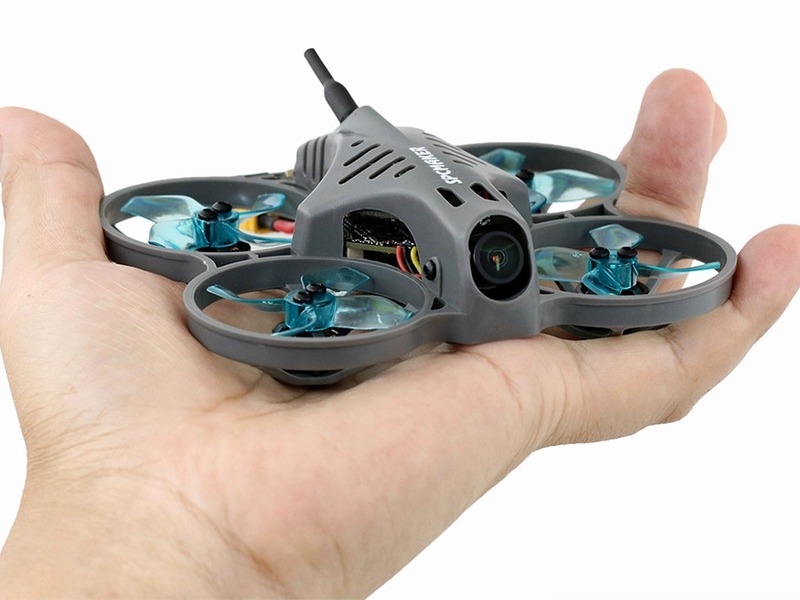How many hours can a drone stay in the air?

The amount of time a drone can stay in the air is dependent on several factors, including the type of drone, the size of its battery, and the environment it is flying in. Generally speaking, a drone can stay in the air for anywhere from 20 minutes to several hours.
The most common type of drone is the quadcopter, which is powered by four rotors. These drones usually have a battery life of between 20 and 30 minutes. This is due to the fact that the rotors require a lot of power to keep the drone in the air, and the battery can only provide so much power.
However, some drones are equipped with larger batteries, which can provide more power and increase the amount of time the drone can stay in the air. For example, the DJI Mavic 2 Pro can stay in the air for up to 31 minutes with its 4500 mAh battery.
The environment in which the drone is flying also affects its flight time. If the drone is flying in a windy area, it will require more power to stay in the air and the battery will drain faster. Similarly, if the drone is flying at a high altitude, it will require more power to stay in the air and the battery will drain faster.
Finally, some drones are equipped with special features that can help extend the flight time. For example, some drones are equipped with a “Follow Me” mode, which allows the drone to follow a person or object without needing to be manually controlled. This can help extend the flight time, as the drone will not need to constantly adjust its position.
In conclusion, the amount of time a drone can stay in the air depends on several factors, including the type of drone, the size of its battery, and the environment it is flying in. Generally speaking, a drone can stay in the air for anywhere from 20 minutes to several hours.
Comments / Question
2. Propeller Size: The size of the propellers affects the efficiency of the drone. Larger propellers provide more thrust and therefore more flight time.
3. Weight: The weight of the drone affects the amount of power required to keep it in the air. Heavier drones require more power and therefore have shorter flight times.
4. Flight Speed: The speed of the drone affects its flight time. Flying faster requires more power and therefore reduces the flight time.
5. Operating Environment: The environment in which the drone is operating affects its flight time. Windy conditions require more power to maintain the same speed and therefore reduce the flight time.

